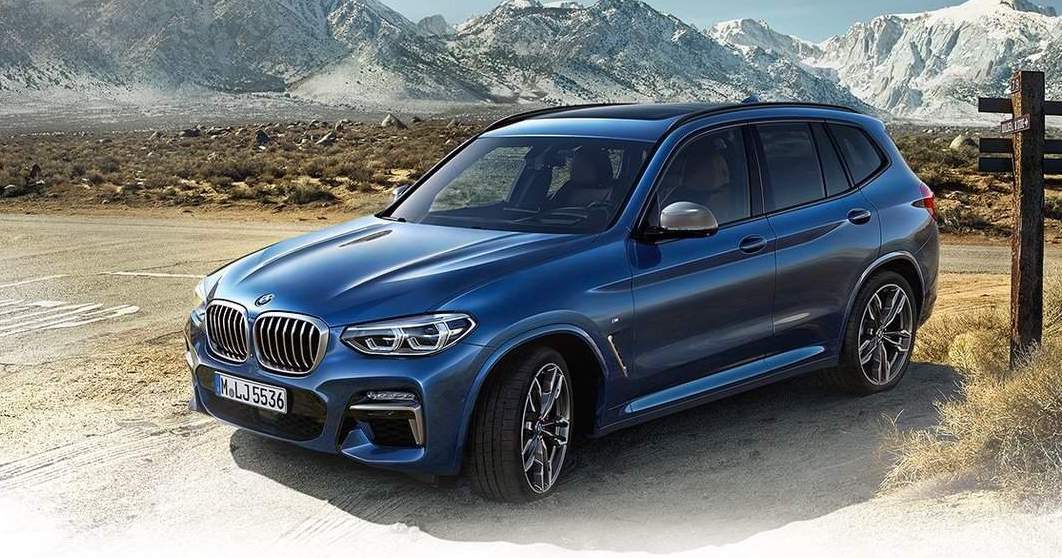After each motor show Bart and I put together our thoughts on the latest debuts, looking at them from the perspective of someone who’s passionate about motoring, but also trying to peer into our crystal balls and see whether each model will be a market success or a dud. This time, though, we’re running the article off-season, following a period of a few weeks when a few crucial cars made their debut.
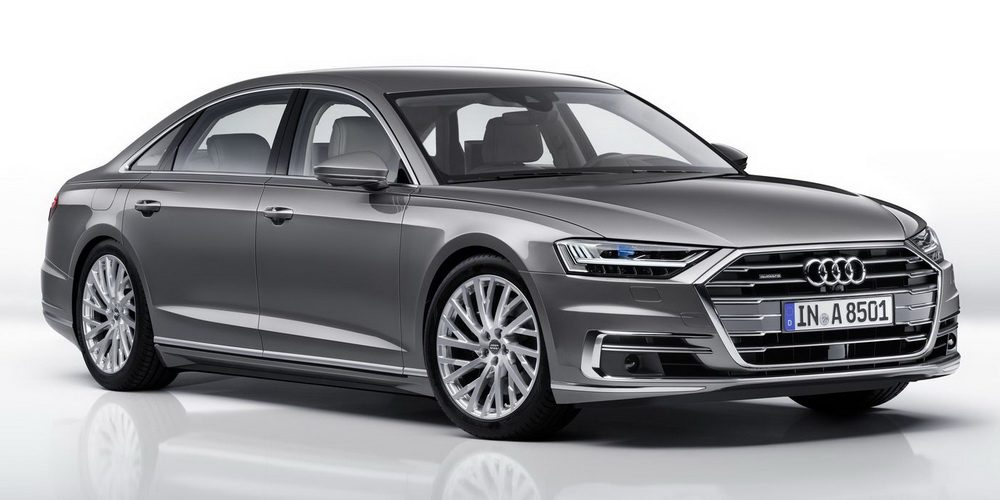 Audi A8
Audi A8
Kriss: so-so
To me the new Audi A8 is a very frustrating car, because there is so much here that is interesting and truly cutting-edge, and yet the end product is not that you would call a “slam dunk”. On the plus side, the new car will offer the possibility (key phrase, will come back to that latter) of Level 3 autonomous driving, it features a top-drawer mechanical setup with a fully-hybridized engine lineup, a new design direction and, as always, a stunning interior with a world-first feature… the foot massager for rear passengers. OK, so that last things is a bit of a joke, but you sort of have the feeling that they threw the kitchen sink at the A8 to make it stand out against the 7-series and S-Class. But it’s not whether they’ve done enough, it’s whether they did it well enough that has me worried for this model. And so, the much vaunted “new design direction” amounts to little else than, at the risk of oversimplification, some extra creases, a super-wide front grille and a car-wide LED strip at the back. The interior is also a mixed bag: it features some really bold shapes and touch-screen controls that appear to be as good as it gets, yet overall it’s hard to escape the feeling that it all feels like a Passat Plus Plus. And to top it off the claim of Level 3 autonomy is misleading – yes, the car has the capability to do it, but right now no country will allow it, so in effect you’re buying tech you can’t (yet) use.
Bart: so-so
I have to agree with Kriss on this, the A8 has never reached the same status as its two German rivals, even though the Audi brand as a whole has moved up to par with Mercedes-Benz and BMW, and even though every generation has been up there from a technology perspective. As Kriss explained, this won’t change with the new generation, which will go further in autonomous technology than any other car has ever gone so far, although there is one way in which the new A8 appears to take a (small) step back: ever since the first generation, the A8 has prided itself on its Aluminium Space Frame which reduced weight in order to compensate for the A8’s standard all-wheel drive technology compared to the rear-wheel drive setup of its competitors. In the outgoing generation, 92% of the bodyshell was made of aluminium, but this will be reduced to just 58% in the new generation, increasing the weight of its body from 230kg (509 lb) to 281kg (621 lb), even despite the use of some carbon fiber for the rear seat back. This is the result of steel offering better crash protection for the batteries of the plug-in hybrid version. In terms of design, the A8 makes a larger step from its predecessor than Audi’s recent launches A4, A5 and Q5, but Audi remains very conservative in a segment where buyers are more open to daring design than you’d expect (p.e. BMW 7-Series E65, Porsche Panamera).
BMW X3
Bart: so-so
I’m torn about this car: on one hand it seems like BMW has extended its same-sausage-different-lengths approach from sedans to crossovers, as it looks like a smaller X5, or a larger X1…. depending on the angle from which you’re looking at it, and depending on which of these other two you’ve last seen. On the other hand, this is the first time BMW has designed an X3 that doesn’t look awkward. The first generation’s design was plainly unattractive with its long, low hood and beltline and tall glass house, and the weird shape of its headlights with blinkers larger than the rest. This car was lucky that Mercedes-Benz was even further off the mark with the GLK. The second generation had better proportions, but I never warmed to the front-end design, which was too soft to fit in the BMW line-up with its aggressive looking models. The facelift improved this somewhat, but came too late as by that time Mercedes-Benz had upped its game with the GLC. The third generation X3 finally looks handsome, just not that original…. The last time the X3 has topped the segment it had virtually to itself until 2006 in the US (Acura RDX) and even 2008 in Europe (GLK, Audi Q5 and Volvo XC60) was 2012 in the US and 2013 in Europe, and the competition has intensified since with a stronger-than-ever XC60 and new arrivals from Land Rover, Jaguar and Alfa Romeo. The new X3 will have to set itself apart from the masses if its wants to top the charts again, and a first-ever M-version won’t be enough.
Kriss: miss
Picking up on what Bart said – I think BMW has not done enough to differentiate the X3 from the crossover crowd, and as a result the new car will never reach the heights it scaled when it was the only one in town (it ranked sixth in the segment in terms of sales in 2016, both in the US and in Europe). While all of its rivals offer something unique in the segment (Mercedes-Benz: sleek style, Audi: technology, Volvo: eco-cred and comfort, Range Rover: rugged appeal), the X3 seems sort of a jack of all trades, master of none. Oh, and it does not help that, to these eyes at least, the new X3 looks almost like a Chinese clone of an X3, sprinkled with an uncanny resemblance to the Buick Envision from the profile. To me that’s simply not good enough…
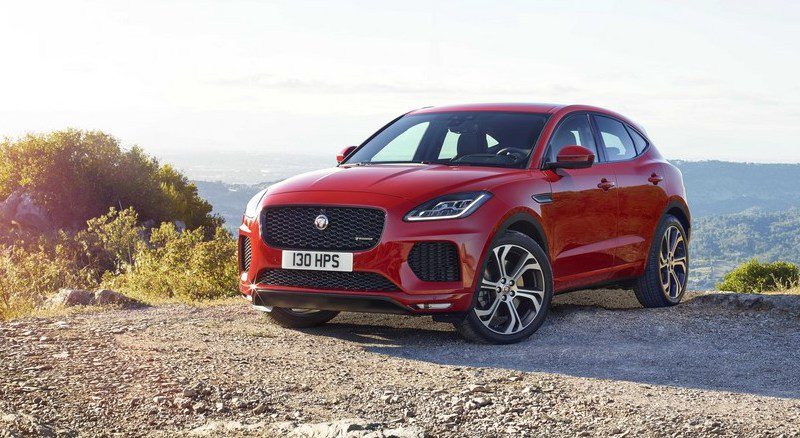
Jaguar E-Pace
Kriss: hit
When pictures of the new E-Pace surfaced two thoughts immediately crossed my mind. First, that the new car is entirely unimaginative, exactly what you’d expect the baby brother to the F-Pace to look like. And second, that by ticking all the right boxes for its baby crossover Jaguar just made life a whole lot tougher for its competitors in the Premium Compact SUV segment. After all, there is little the E-Pace does not have: it has great looks, it comes from a brand that is pretty cool these days, it is built on a tried-and-tested platform from the Land Rover Discovery Sport, and it has an entirely modern set of engines that should appeal to every taste in the segment. Sure, the interior seems to be a mix of the good (overall shape, the new central touchscreen) and the bad (design details, tiny plasticky buttons below the touchscreen), but overall this appears to be yet another huge step forward for the brand.
Bart: hit
Again I have to agree with Kriss: this car really does tick all the boxes and there’s no way this is not going to be a runaway success. Its smaller size allows for even more sportiness in the design than the F-Pace and it looks good on it. Ian Callum and his team appear to feel more comfortable designing crossovers than they are designing sedans, as the XE isn’t well-proportioned and the XF’s design is already starting to age. Look for Jaguar sales to double again when the E-Pace hits showrooms. Adding Chinese production will greatly boost the brand in that hugely important market as well.
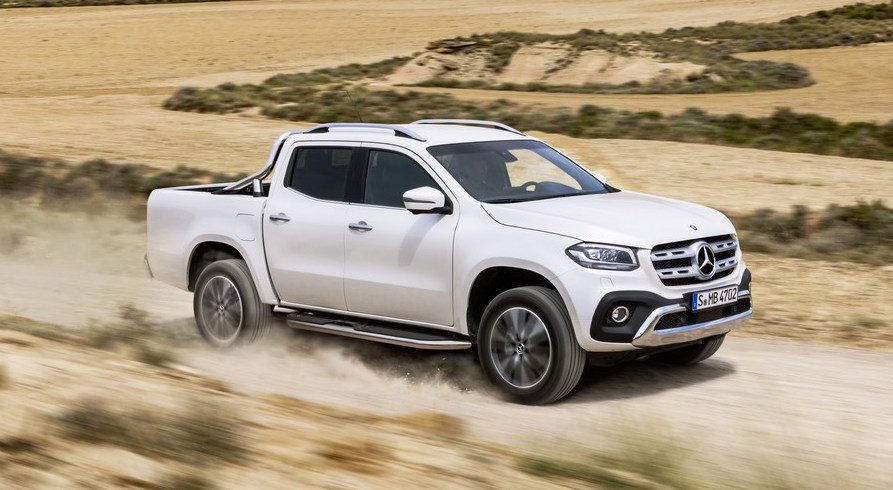
Mercedes-Benz X-Class – Exterior, bering white metallic, design and equipment line POWER
Mercedes-Benz X-Class
Bart: so-so
Mercedes-Benz’ first take on a pick-up truck looks pretty cool from the front, as they’ve done a great job hiding the fact that it’s based on the existing Nissan NP300 Navara. At the rear three quarters, there’s just not enough design liberty to distinguish itself from the pack, but that still leaves me a bit disappointed. Surely a brand like Mercedes could have sacrificed some cargo capacity in favor of design? It’s not like the buyers are ever going to use this car for heavy duty purposes, right? This is a so-called “lifestyle truck”, meant to make the owner look cool and tough. If they needed capability, the Nissan would do just fine, and at a much cheaper price too. Then again, the interior is what makes it a true Mercedes-Benz, and they haven’t failed to deliver on that. This even more underscores the purpose of this vehicle, as the Vito and Sprinter work horses have a much more basic interior than the X-Class, which is obviously more of a passenger car than a commercial truck from the inside. The dashboard wouldn’t be out of place in an E-Class, and I’m sure the truck feels and sounds like a passenger car too. And I’m also sure there will be a huge market for this, considering the growing popularity of pick-up trucks for “recreational purposes”, not only in the world’s biggest markets South-America, Africa and South-East Asia, but also in Europe, which is still a tiny market in terms of pick-up volumes.
Of course I haven’t forgotten to mention the US, as this is by far the single biggest market for pick-up trucks in the world, but the trucks sold there are a class of their own and in no way comparable to the X-Class. The market for mid-sized pick-ups in the US remains small even though it has greatly rebounded thanks to returning nameplates. Some believe the X-Class won’t be offered in North America because it would stray too far off Mercedes-Benz’ luxury brand image as compared to Europe where people are used to seeing commercial vans and big (semi-)trucks from the brand. However, having seen the aforementioned interior, I believe the X-Class is more true to the brand values than the Metris (Vito) and Sprinter, which are also sold in North America. I personally believe that the X-Class simply wouldn’t appeal enough to the value-for-money conscious American buyers. Even despite the three-point star logo on the front and the posh dashboard, Americans would find it very difficult to explain to themselves (and those around them) why they would pay more for a mid-sized truck than they would for a full-sized one, especially if the latter has similar features but despite its lack of refinement as only Mercedes-Benz can offer.
Kriss: hit
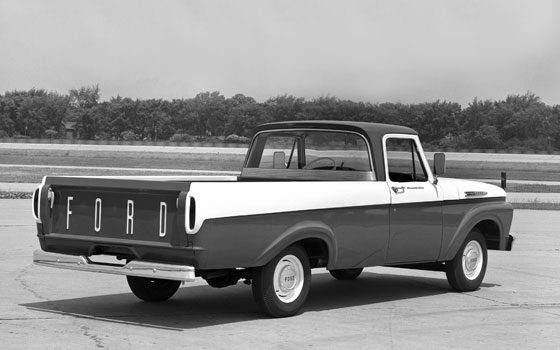 It’s funny – when I first saw the production X-Class I thought to myself “meh”, but will each passing day I like the new car more and more. For starters, I now think it looks rather good for a pickup, right up there with the Amarok (whose simple but chunky style I like a lot). Then, as Bart pointed out, the interior is really rather nice, though I would stop short of calling it equal to that of an E-class – in fact, the styling reminds me more of the latest Smart car, than the large passenger M-B cars. Still, it’s better than the offerings from VW and Nissan, and streets ahead of competitors such as Chevrolet Colorado or Mitsubishi L200. My only real disappointment with the X-Class that it is based on the Nissan Navara, rather than a dedicated M-B chassis that would have brought with it, possibly, even better technology and refinement to the segment. But given that Mercedes’ commercial offerings have since long been co-developed with other partners, and pickup buyers may be unwilling to pay a premium for slightly better refinement (especially in the US), I think the path that Mercedes-Benz took with the X-Class is probably the optimal one. I just wish the rear of the car did not look like it was cribbed from the 1961 Ford F-150 pickup
It’s funny – when I first saw the production X-Class I thought to myself “meh”, but will each passing day I like the new car more and more. For starters, I now think it looks rather good for a pickup, right up there with the Amarok (whose simple but chunky style I like a lot). Then, as Bart pointed out, the interior is really rather nice, though I would stop short of calling it equal to that of an E-class – in fact, the styling reminds me more of the latest Smart car, than the large passenger M-B cars. Still, it’s better than the offerings from VW and Nissan, and streets ahead of competitors such as Chevrolet Colorado or Mitsubishi L200. My only real disappointment with the X-Class that it is based on the Nissan Navara, rather than a dedicated M-B chassis that would have brought with it, possibly, even better technology and refinement to the segment. But given that Mercedes’ commercial offerings have since long been co-developed with other partners, and pickup buyers may be unwilling to pay a premium for slightly better refinement (especially in the US), I think the path that Mercedes-Benz took with the X-Class is probably the optimal one. I just wish the rear of the car did not look like it was cribbed from the 1961 Ford F-150 pickup
Volvo promising to electrify all models by 2019
Kriss: hit
Let me get one thing out of the way up front: I do not think that Volvo’s overall strategy of giving each of its models some sort of electrical component (be it hybrid, plug-in, or full electric) is a sure winning strategy that all other carmakers should follow. Rather, in this era of snap headlines and image-conscious buyers, I think that Volvo scored a major win over its competitors by portraying itself as the “brand that cares” about the environment. In this, it may have in effect positioned itself as the “luxury hybrid brand”, and slotted neatly between the Toyota’s Prius sub-brand and Tesla as the go-to carmaker for environmentally-conscious buyers.
Bart: hit
This is a strategy that my mind has been playing with for a while, but for which I haven’t had the time to write about. Volvo has realized it won’t be able to beat the Germans at their own game and will never reach the volumes the Big 3 have in luxury sales. So the best strategy is to be radically different and set itself apart from them. Of course, it has already done this in minor ways, for example with its laser-sharp focus on safety and with its dedication to Swedish design with basic yet luxurious interiors. Now it will also set itself apart from a technology perspective, at least in its marketing message. Because the message that “from 2019 all newly introduced Volvos will be available with electrified power trains only”, sounds like a total revolution but really isn’t that extreme at all. Volvo was just the first brand to say this out loudly and may even be the first brand to actually implement this, but other brands are on a similar track, just haven’t yet expressed this ambition. Also, for a relatively small brand with a pretty straightforward line-up like Volvo, this is easier to accomplish than its German rivals, which have filled all possible niches and have as much as three times as many different nameplates in their portfolio. Having said that, I would in no way want to discount Volvo’s strategy, as I still think it’s the only way for the brand to stand up to the German Goliath and survive in the long term.

